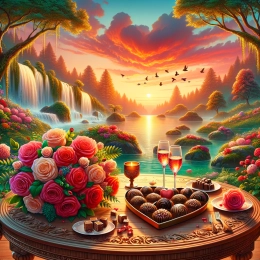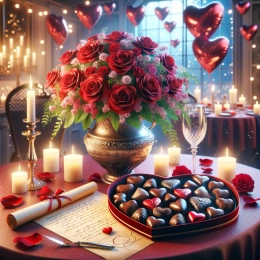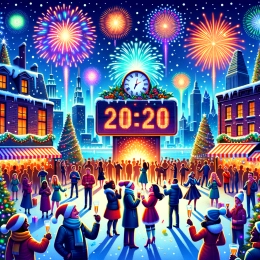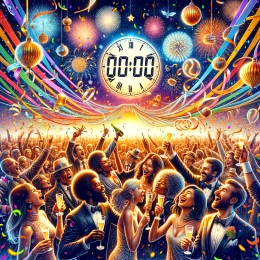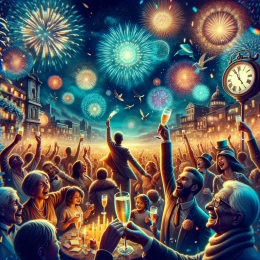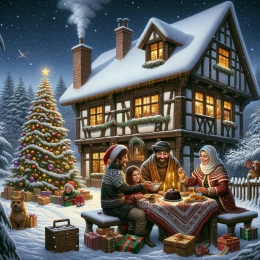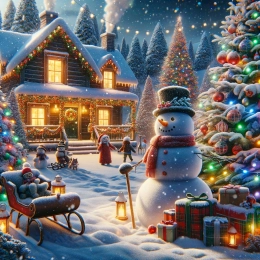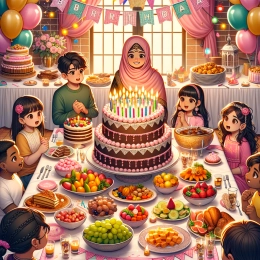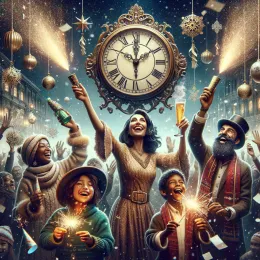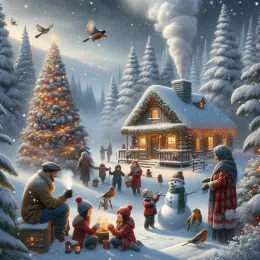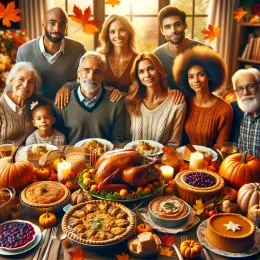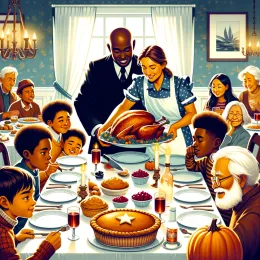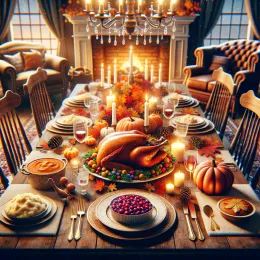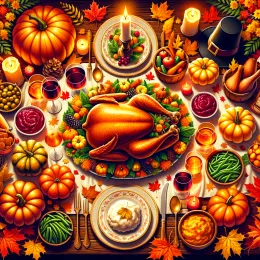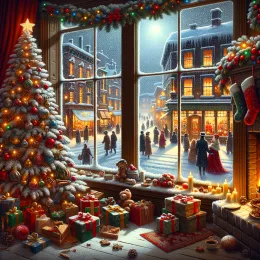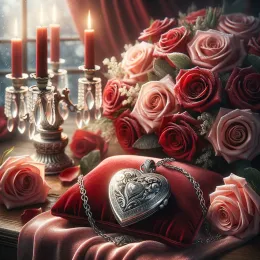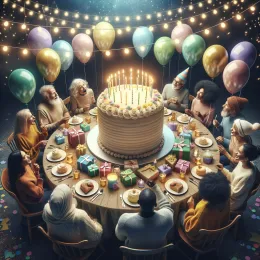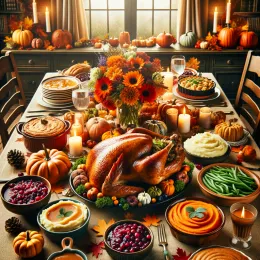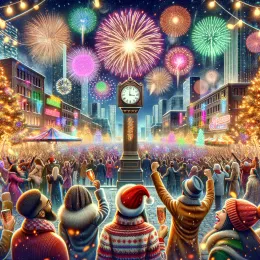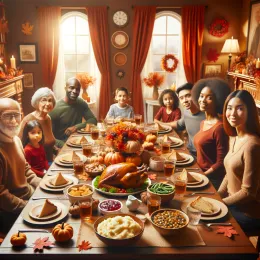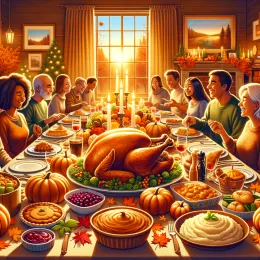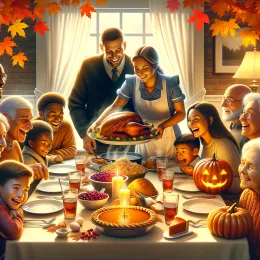Spooky Superstitions: Halloween Beliefs from Around the World
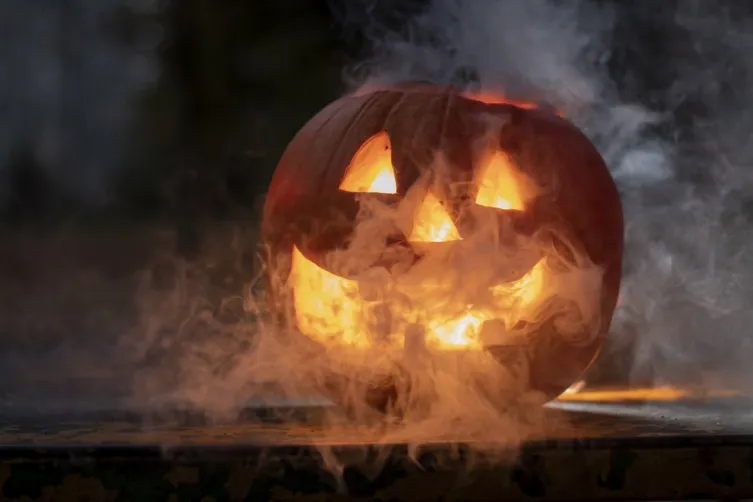
Exploring the Mystique of Halloween: A Global Perspective
Halloween, known for its eerie costumes, haunted houses, and trick-or-treating traditions, is celebrated with unique customs across the globe. Its origins trace back to ancient Celtic festivals, but over centuries, diverse cultures have infused this night with their own supernatural beliefs and superstitions. Delving into these fascinating practices offers a glimpse into how different societies interpret the thin veil between the living and the dead during this haunted season.
The Celtic Roots and Their Modern Echoes
The ancient Celts marked the end of the harvest season with Samhain, a festival believed to be a time when spirits roamed freely. This belief laid the groundwork for many Halloween traditions. In Ireland and Scotland, people still honor this connection by lighting bonfires and carving turnips as lanterns to ward off wandering souls. These practices highlight how deeply embedded the supernatural is in the cultural memory of these regions.
Turnip Lanterns: More Than Just Decoration
Before pumpkins became the symbol of Halloween, turnips and other root vegetables were hollowed out to create lanterns. This was believed to protect homes from malevolent spirits. The glow from these lanterns served as a beacon for friendly souls and a warning to those with ill intent. This custom reflects the human desire to control and coexist with the unseen forces that influence our world.
North American Traditions: Pumpkins and Witches
In the United States and Canada, Halloween has evolved into a vibrant celebration filled with costumes, candies, and spooky decorations. The iconic jack-o’-lantern, carved from pumpkins, has become synonymous with the holiday. Legend has it that the jack-o’-lantern represents the spirit of “Stingy Jack,” a man doomed to wander the earth with only a carved-out turnip to light his way.
Witchcraft and Its Symbolism
The figure of the witch is central to many North American Halloween narratives. Historically associated with magic and the supernatural, witches embody the fear and fascination with the unknown. The pointed black hat, broomstick, and cauldron are symbolic of ancient beliefs in magical powers and the ability to transcend natural laws. These images continue to captivate and frighten people, fueling the holiday’s spooky atmosphere.
Mexico’s Day of the Dead: A Celebration of Ancestors
While not Halloween in the traditional sense, Mexico’s Día de los Muertos is a deeply spiritual festival that coincides with this time of year. It honors deceased loved ones through vibrant altars, offerings, and colorful skull decorations. Far from being frightful, this celebration embraces death as a natural part of life and a reason for joyful remembrance.
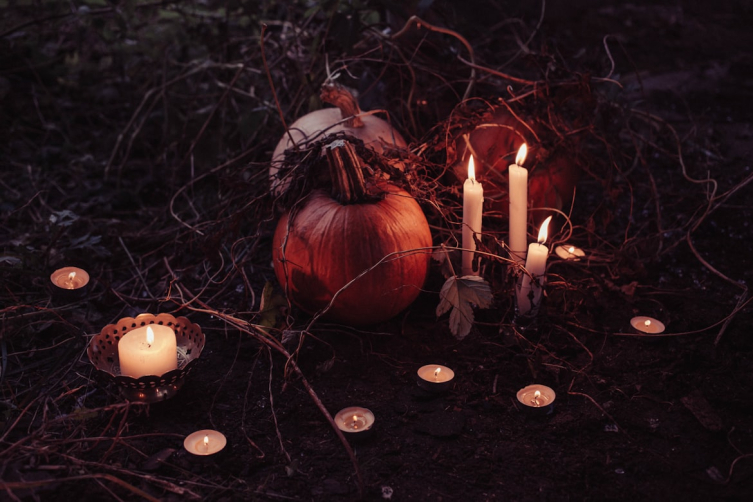
Ofrendas: The Heart of the Celebration
Ofrendas are elaborate altars adorned with photos, favorite foods, and personal items of the departed. Marigold flowers, called cempasúchil, are used to guide spirits back to the world of the living. This ritual underscores a belief in the ongoing relationship between the living and the dead, emphasizing respect and continuity rather than fear.
Japan’s Obon Festival: Honoring Ancestral Spirits
In Japan, the Obon festival serves a similar purpose, inviting ancestral spirits to visit their living relatives. Lanterns are floated down rivers to guide souls back to the afterlife, creating a mesmerizing visual spectacle. This practice reflects a cultural emphasis on harmony between the natural and spiritual worlds, highlighting the universal human desire to communicate with those who have passed.
Fireworks and Dances: Welcoming Spirits with Joy
During Obon, traditional dances called Bon Odori are performed to welcome spirits warmly. Fireworks light up the sky, symbolizing celebration rather than fear. This festive atmosphere contrasts with the Western notion of Halloween as a night of fright, illustrating how different cultures interpret the presence of spirits in varied and meaningful ways.
European Superstitions: Ghosts, Warnings, and Protections
Across Europe, Halloween-inspired beliefs often involve interaction with ghosts and omens. In countries like Germany and the Czech Republic, it is said that spirits use this time to communicate warnings or reveal secrets. People employ various protective charms and rituals to safeguard themselves during this liminal period.
Protective Charms and Rituals
- In Germany, placing a broom upside down by the door is believed to confuse witches and prevent their entry.
- In parts of Eastern Europe, lighting candles in windows wards off wandering souls and brings good fortune.
- The Czechs sometimes leave bread and salt on the table overnight as offerings to appease spirits.
These customs reveal a deep-seated respect for the supernatural and a desire to live in harmony with forces beyond human understanding.
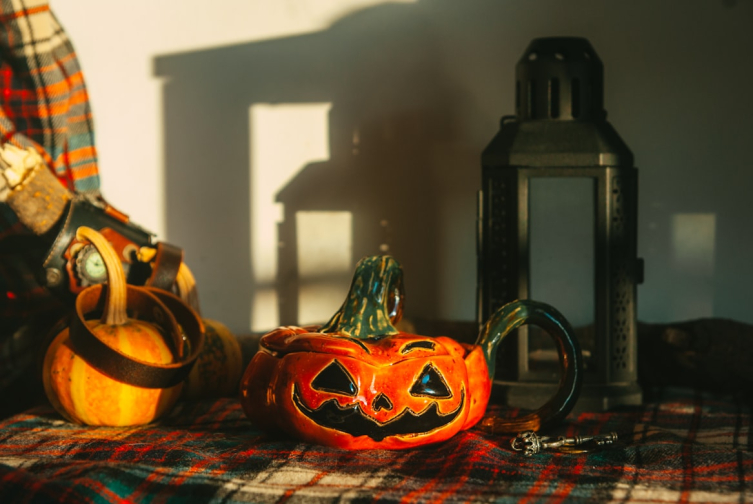
Spooky Superstitions in Asia and Africa
While Halloween is primarily a Western tradition, many Asian and African cultures have their own supernatural beliefs and festivals that coincide with the end of the harvest season. These events often involve honoring ancestors, warding off evil spirits, or celebrating the cycle of life and death.
China’s Ghost Festival
In China, the Hungry Ghost Festival is held to appease restless spirits. People make offerings of food, paper money, and incense to ensure these ghosts do not cause harm. The festival includes elaborate ceremonies and is steeped in the belief that the dead return to the living world during this time.
West African Ancestor Veneration
Many West African communities hold festivals that honor ancestors through music, dance, and ritual offerings. These events serve to maintain a spiritual connection and seek protection for the community. The belief in the power and presence of ancestors is a cornerstone of many African cultures, reflecting a worldview where the living and dead coexist.
Common Themes in Halloween Beliefs Worldwide
Despite cultural differences, several themes emerge in these diverse Halloween-related beliefs. The idea of a thinning veil between worlds, the presence of spirits, and the use of rituals to protect or honor the dead are nearly universal. These themes highlight a shared human curiosity and respect for the mysteries of life and death.
Table: Comparative Overview of Halloween-Related Beliefs
| Region | Festival/Belief | Key Practices | Purpose |
|---|---|---|---|
| Ireland/Scotland | Samhain | Bonfires, turnip lanterns | Protect from spirits |
| USA/Canada | Halloween | Pumpkin carving, costumes | Ward off evil, celebrate the supernatural |
| Mexico | Día de los Muertos | Ofrendas, marigolds | Honor ancestors |
| Japan | Obon | Lantern floating, Bon Odori dance | Welcome spirits |
| China | Hungry Ghost Festival | Offerings, incense | Avoid harm from spirits |
| West Africa | Ancestor Festivals | Music, dance, offerings | Spiritual connection, protection |
The Enduring Fascination with the Supernatural
Across the world, humans have long been captivated by the mysterious and the unknown. The customs and beliefs that surround Halloween and similar festivals serve as a testament to this enduring fascination. Whether through lighting lanterns, making offerings, or telling ghost stories, people continue to seek comfort, connection, and meaning in the presence of the supernatural.
As the shadows lengthen on October nights, the world becomes united in a shared acknowledgment of the unseen. These traditions remind us that despite differences in culture and geography, the human spirit is universally drawn to the eerie and the enchanting mysteries of the afterlife. This collective intrigue enriches our understanding of life, death, and the beyond, ensuring that the magic of this season remains alive for generations to come.









